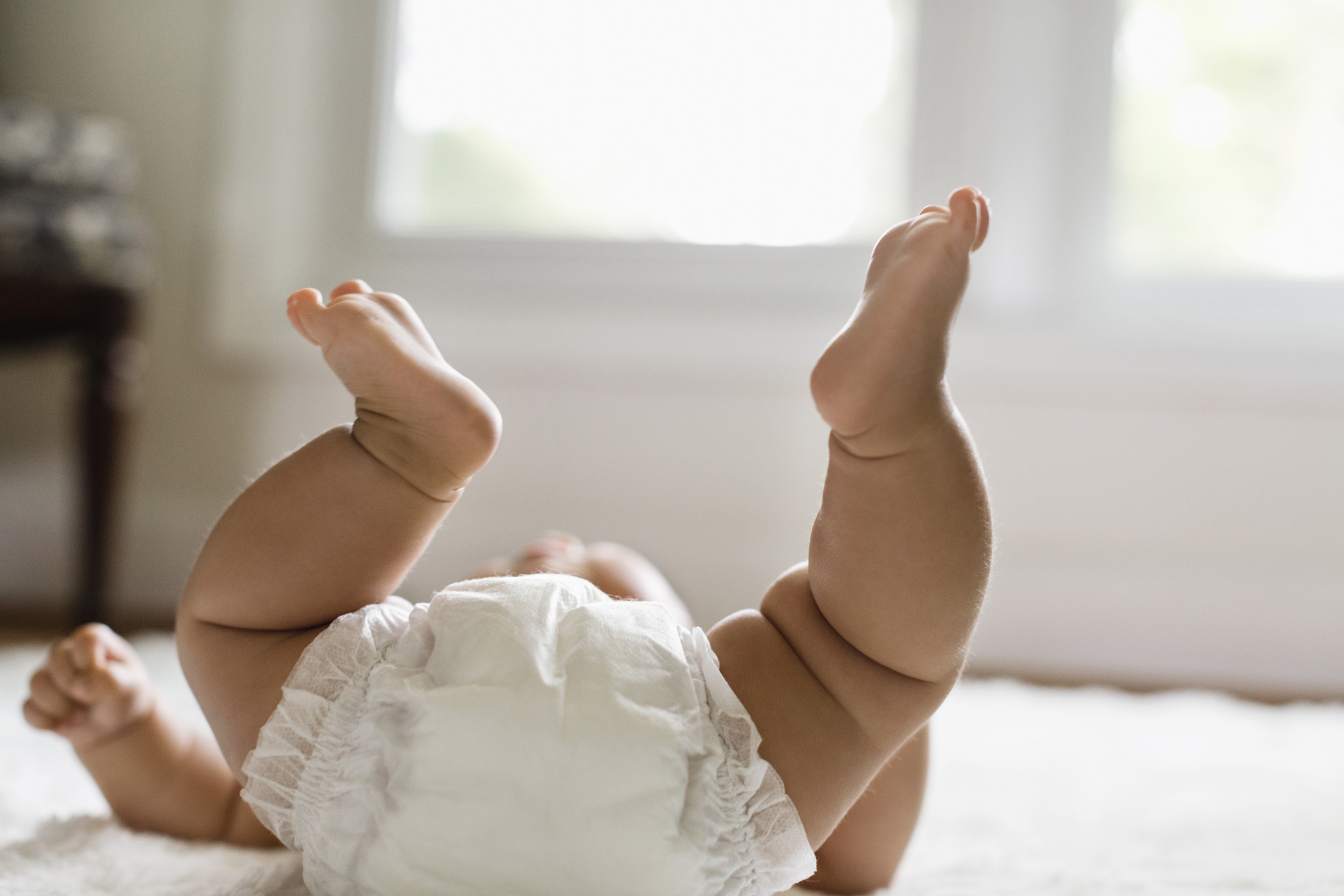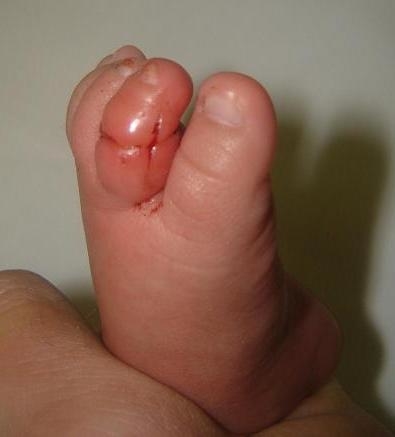I was recently scrolling my TikTok For You page when I came across a video of woman who found a strand of hair wrapped around her baby's finger.
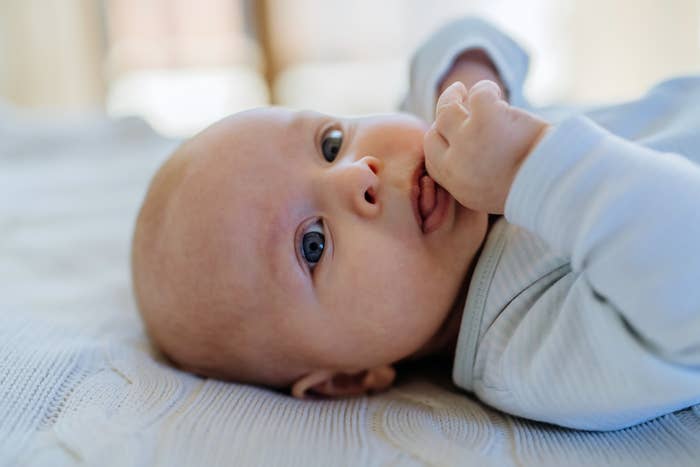
Thankfully, the woman in the video was able to get the hair off with her fingers, and the baby was totally fine. Still, I couldn't help wondering how bad a situation like this could get. A baby obviously can't speak, so how are they supposed to let you know if there's a hair strangling one of their little digits? And what should you do if you can't get the hair off with your fingers?

I did what any newb would do and googled "hair wrapped around baby's toe." Immediately, hair tourniquet syndrome popped up. WebMD describes it as "when a strand of hair or thread wraps tightly around a body part such as the fingers, toes, or genitals. It’s a relatively rare condition that’s more common in babies and toddlers. If left untreated, hair tourniquet syndrome can cause pain, long-term injury, and loss of function in the affected body part." Here's a photo of what it looks like when it's affecting a baby's toe:
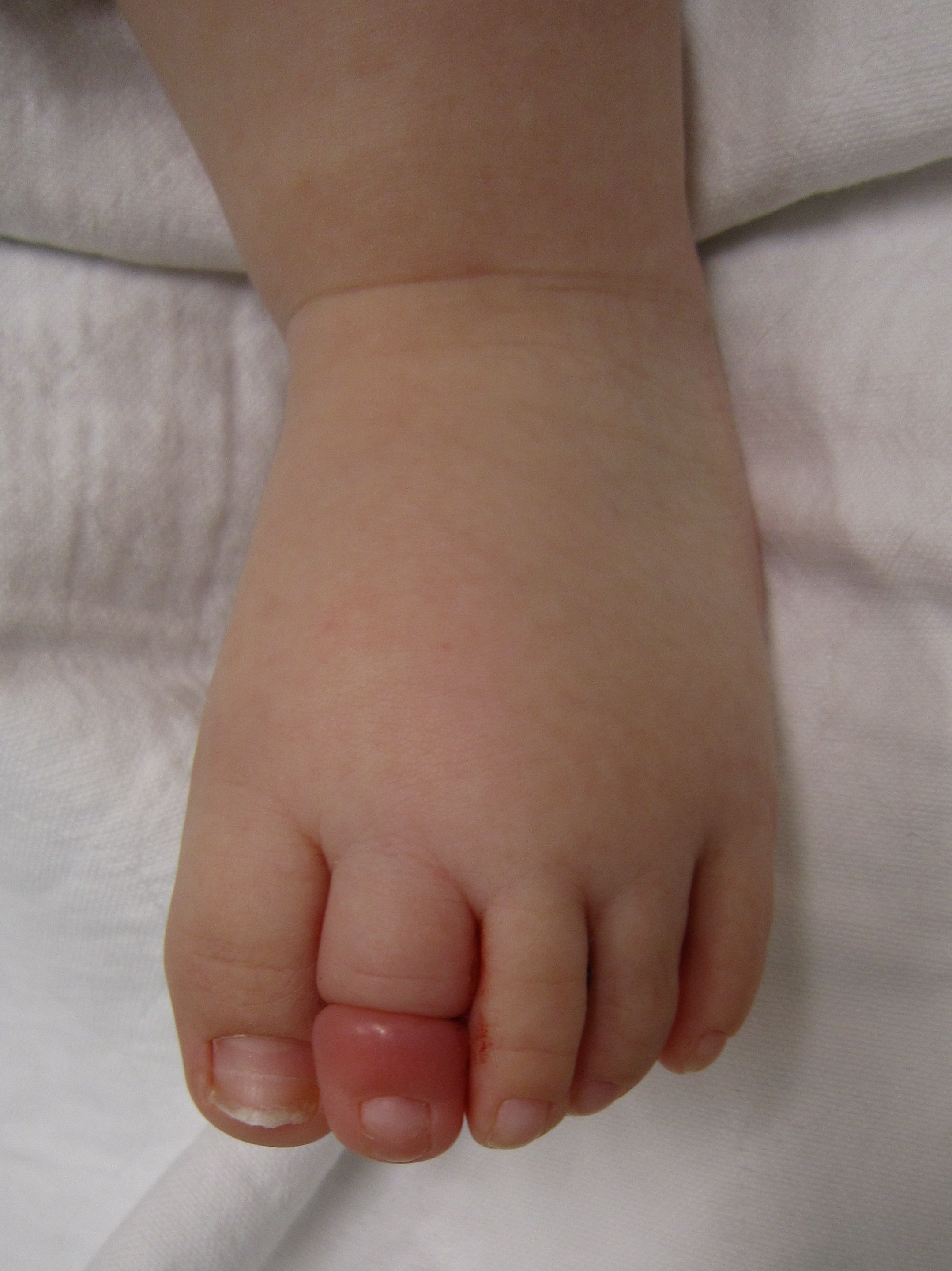
"Mothers lose a ton of hair in the postpartum period," Conover told BuzzFeed. "This hair gets literally everywhere. I actually ended up chopping off like 8 inches of my hair when I had my second child because I just didn’t have time to deal with the hair loss. Not only that, but with their little fleece jammies, the hair can kind of clump in the laundry — it can get stuck in the feet of those jammies, where you can’t see it."
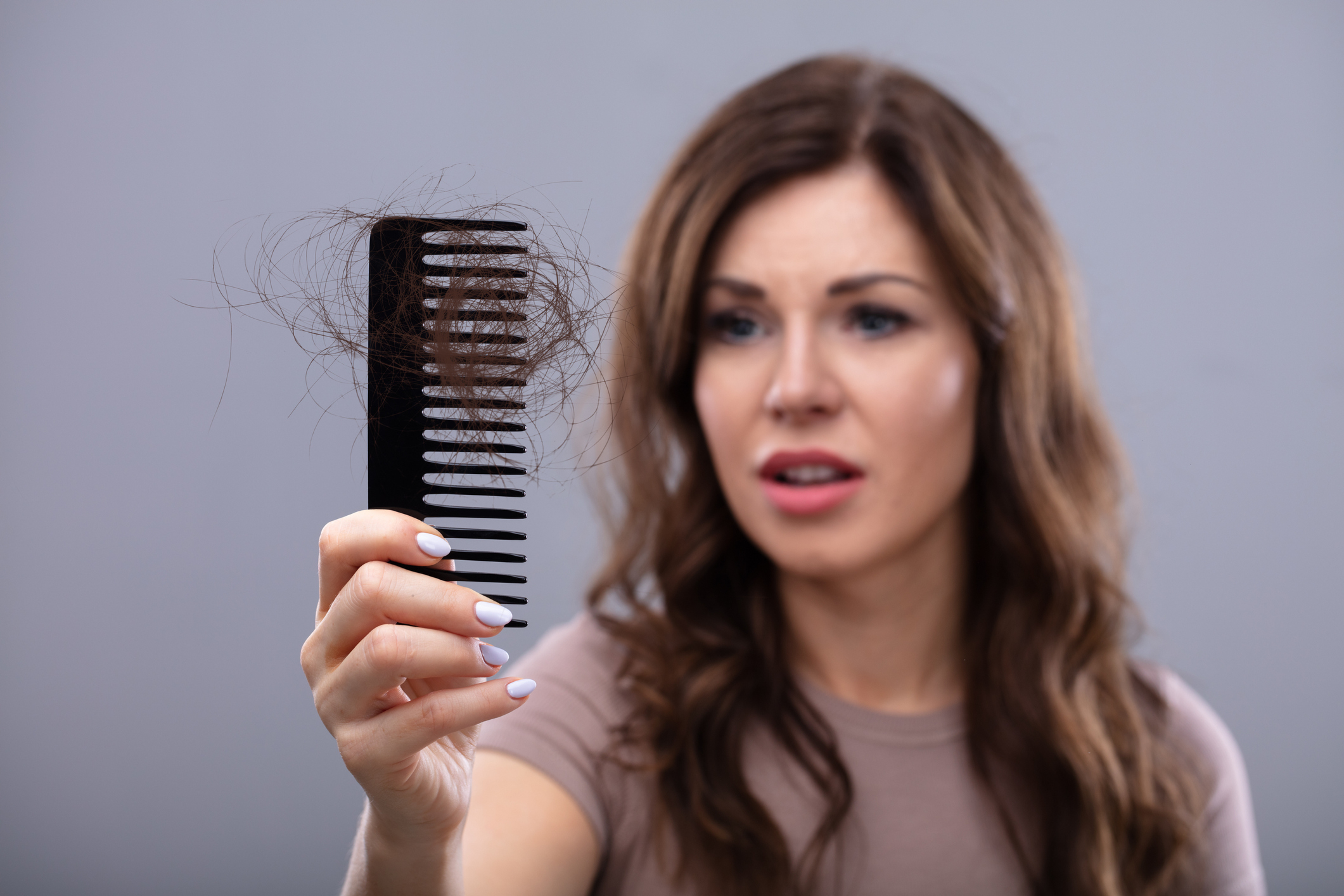
I was curious about how dangerous this condition could be. Conover said, "This is an issue when a hair gets wrapped around a little toe or finger or even genital area of a baby. ... It cuts off the blood flow to that finger, toe, or genital area by cutting off blood supply. If you can imagine, blood is in a tube. We call those tubes digital arteries in the toes and fingers. They will get cut off like when a hose is kinked. No blood flow goes to the area and the tissue dies. Eventually it can get completely amputated."
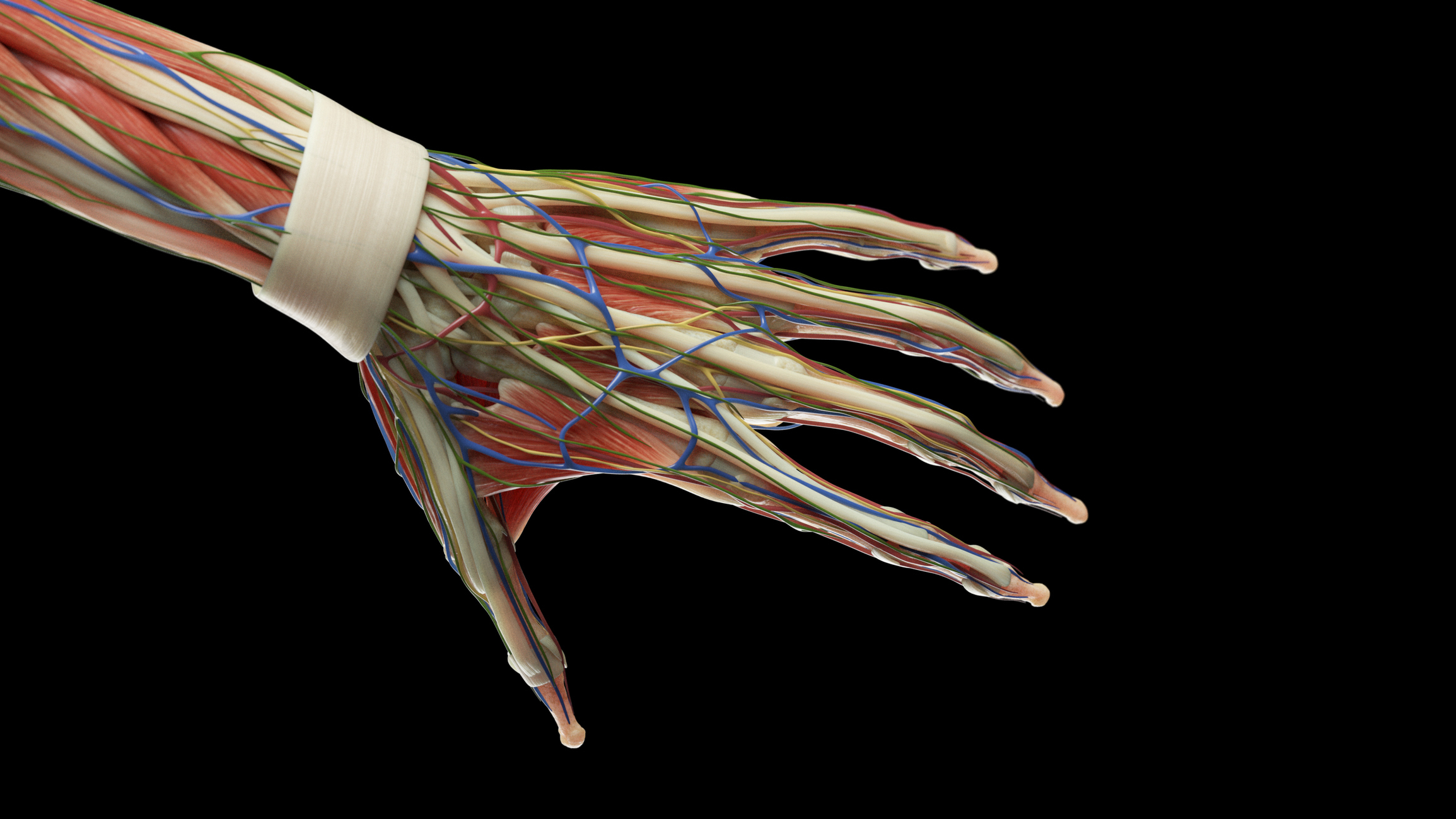
Conover used to work in hand and plastic surgery, so she would see cases like this in patients who had already been to the ER but were having issues with blood returning to the injured digit. "This is when we would see things like fingertip or toe amputation," she said. "Now, those are rare, and they’re in catastrophic cases, so I’m not generally the first line that would see this. This is usually seen in the ER or even [by] the pediatrician."
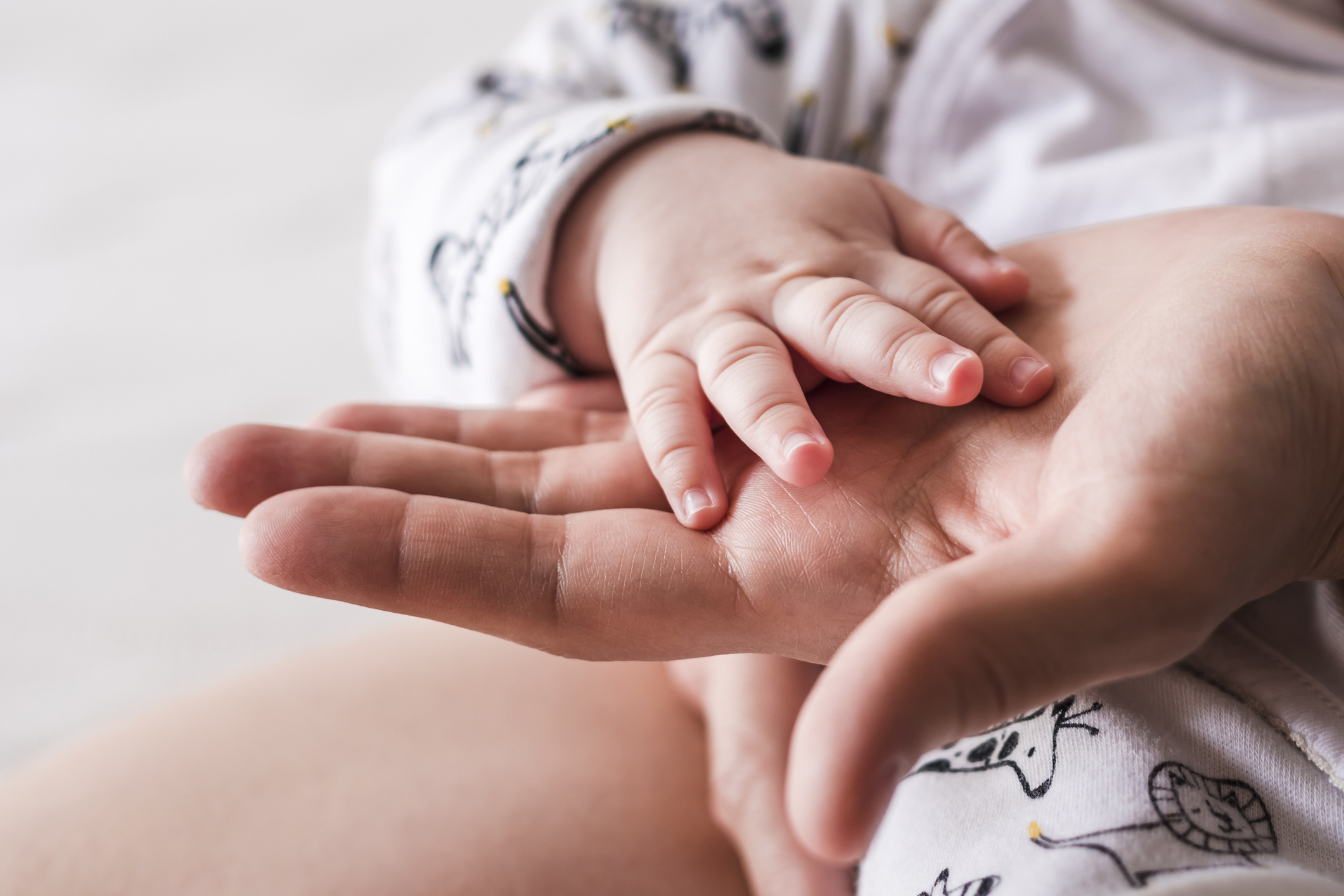
In terms of what the recovery looks like, Conover said, "Usually with recovery, you’re gonna see continued swelling, continued redness, and even blistering will occur. That happens because the nerves that run right in line with those teeny, tiny little digital arteries that run on either side of the finger or toe get damaged as well. So they can have numbness, and even neuropathy long term. But when nerves get damaged, in trauma we see blisters form with fluid filled inside. They can pop, they can drain. Usually it goes fine, and the finger or the toe will heal without an issue."
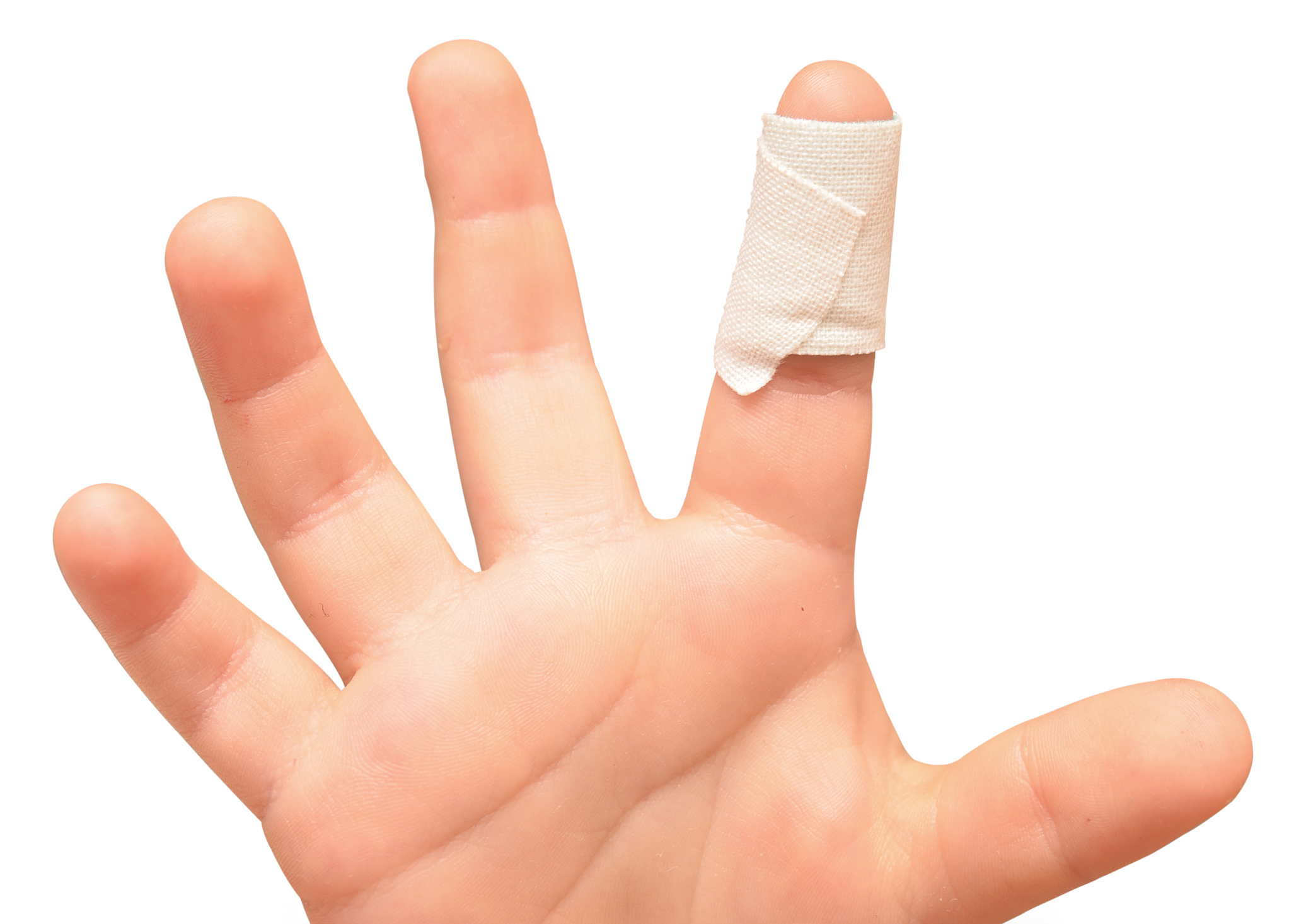
I saw that Dr. Nkeiru Orajiaka — a pediatrician and pediatric emergency doctor — made a video on how parents can remove a nonserious hair tourniquet at home, so I reached out to her as well. "There are different techniques, depending on when it is found or how the area looks," she said. "The family can try using a tweezer to pull it out or use their fingers. In scenarios where there’s no open skin, hair removal creams (like Nair) can be used. But this is discouraged in places of open skin, as it can burn. If the family cannot remove it themselves, they need to get the child to a healthcare professional (or ER), where other resources can be used to remove it."
When asked what symptoms parents should look out for, Orajiaka said, "Symptoms may be nothing initially but subsequently manifest as excessive crying and fussiness in a baby. Because their digits are too small to see, it may not be noticed. As the thread or hair gets tighter, the area may become swollen, red (for lighter-skinned babies) or darker (for darker-skinned babies). It may also be painful when you touch it."

Conover said, "Another thing for all new parents is that if your baby’s crying, there can be several reasons. It can be hunger, it can be loneliness, it can be pain, it could be tiredness. But again, pain. It could be pain. So if you’ve done everything and the baby’s still crying, you have to undress them down to nothing. Take off the diaper and check the genitals."
